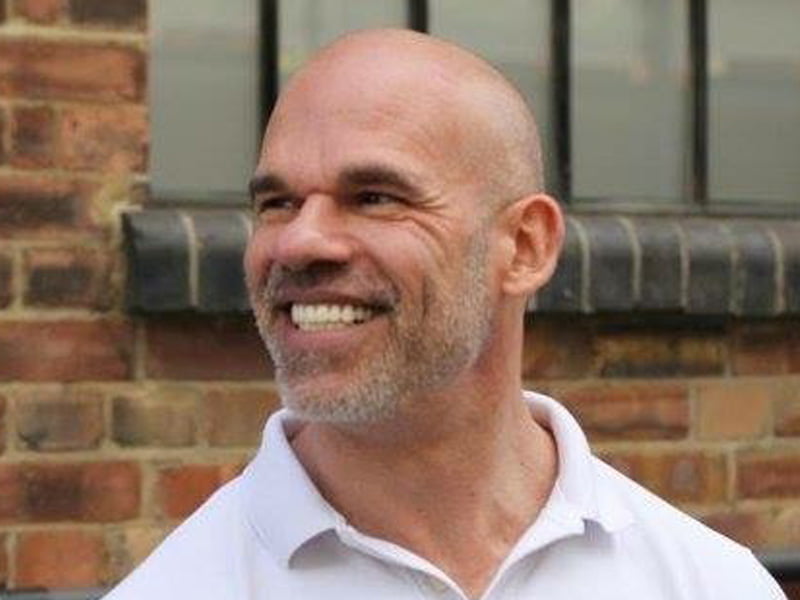It has been an extraordinary start to the year for digital transformation in the public sector. Certainly the very real failings of the Centrelink automated debt recovery system have put an intense spotlight on service delivery issues.
Of course, the first step toward recovery is recognising you have a problem. The Australian Government has not yet taken this first step. It says the debt recovery system is working as it should.
But Centrelink is a problem – a big problem – for this government. To use transformation vernacular, the Centrelink issue is like an exemplar of everything that’s bad about service design and delivery in government.

You can read some background here and here. The automated system that matches Centrelink information with client information held by the Australian Taxation Office has generated thousands of letters per week that forces welfare recipients to jump through hoops to avoid being slapped with an incorrect debt recovery claim.
The loudest critic of the Centrelink issue has been Paul Shetler, the former CEO of the Digital Transformation Office and former Australian Government Chief Digital Officer.
We spoke to Paul Shetler about digital transformation issues in government. It’s almost unheard of that an outgoing CEO of a government agency – Mr Shetler left the public service in late November – is so openly critical. But this is an exception.
Mr Shetler has made the point – to anyone who will listen – that the error rates generated by the system are so high that they should be considered as a fraud on the Australian public.
In fact, he told ABC radio recently, if Centrelink were a private sector organisation and was imposing so many false claims of debt on consumers, the government would shut it down for precisely that – fraud.
So here’s the thing. Paul Shetler has a fundamentally different view of how transformation in government works. That difference of view became the root of a falling out with Assistance Minister Angus Taylor.
Whatever the reason, the strategic direction and the structural rationale of Commonwealth’s digital transformation efforts are very different today than they were when Malcolm Turnbull unveiled the Digital Transformation Office in January 2015.
You can say what you like about Paul Shetler, and there are plenty of people inside and outside of government who don’t have much that’s positive to say about him. But the baseline problems of high cost/poor delivery that he has been highlighting in relation to government tech investments is difficult to argue.
Which is why government is apoplectic about Mr Shetler’s profile in the media since he left the DTA. His commentary cuts too close to the bone.
In this interview, Mr Shetler talks about generic transformation issues across large, legacy based organisations and strategies for delivering change across brownfield sites.
He talks about service delivery failures in large organisations – like those at Centrelink, the ATO, and Census – and about the preconditions for systemically changing how these services are designed and delivered.
“My prognosis is that things won’t change until the government takes these things seriously,” Mr Shetler told InnovationAus.com in our podcast.
“We can talk about transformation and innovation until we’re all blue in the face. We can talk about Innovation Booms and dancing holograms and all that kind of stuff, but none of it makes a bit of difference until we get serious and go to the root causes,” he said.
“We have a de-skilled public service that does not know how to design [modern services] … and who are dependent upon large vendors who are selling us retrograde technology and using retrograde methodologies.”
There are a bunch of take-outs from this interview. It won’t make apologists for service delivery failures happy. But he’s doing government a favour putting this issue into the public domain.
There are three preconditions to getting things right. First, is getting people with the right skills and the right mindset. This is complicated by public service cultural thinking that believes it already has the skills.
This is a perennial problem across Australia, where the talent pool is broad and shallow. The skills required are not just technical, but in product management, design, policy, engineering and so on.
Secondly, it is putting users first. This has become the ultimate cliché but is fundamental to delivery.
And finally getting rid of the split between policy and delivery. You reduce the feedback loop between policy and outcome, and enable all the lean and agile methodologies to drive continuous improvement.
Mr Shetler describes two other boundlessly contentious preconditions for improving delivery; that is the need to cultural change within the Australian Public Service, and the need for the political will in government to get the job done.
Changing public service intransigence can only happen if there is an iron-clad political will to push change through, Mr Shetler said.
Do you know more? Contact James Riley via Email.

